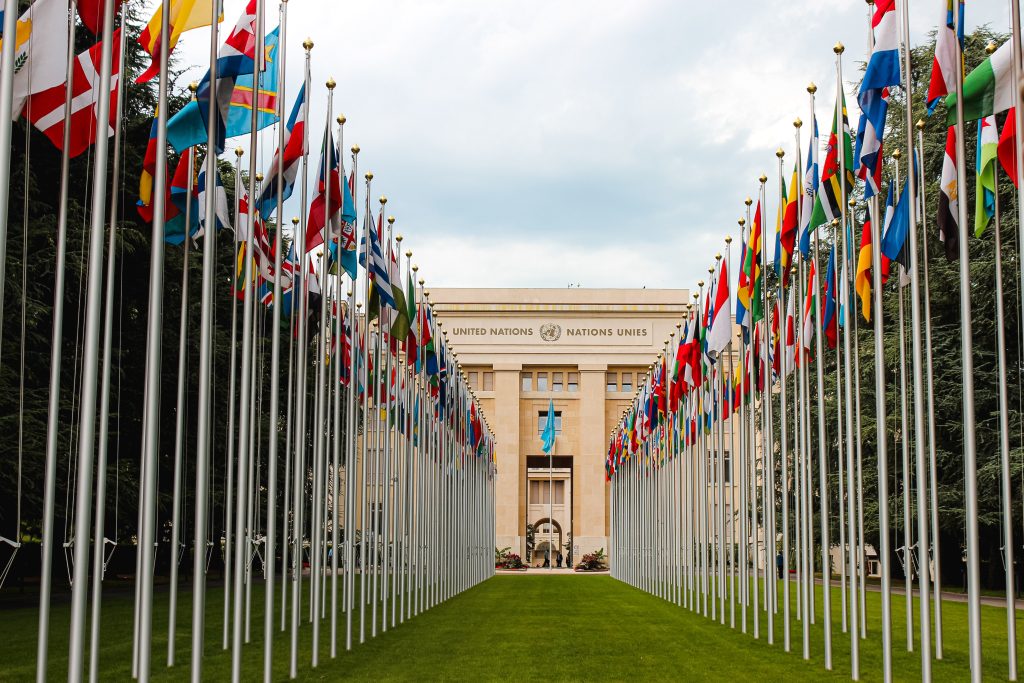The availability of people and resources constrains all initiatives. This is true at a local, national, and a global level. In traditional companies, employees, hires, and volunteers are responsible. Yet, at a national level, more complex problems occur due to lack of data, clarity or coordination.
For example, there could be historical factors that create problems for governments. These could, for instance, include weak infrastructure, extreme poverty, or other global challenges facing the country.
SDG2030 Agenda is the most ambitious initiative ever conceived. It evolved from an original goal to end poverty within a single generation. But now, the aim is to achieve global sustainability and equity by 2030. ‘Leaving no one behind’ is a key part of the agenda, but is it realistic?
Who sets the agenda?
The Sustainable Development Goals (SDG’s), adopted in 2015, were an historic achievement. 193 member states agreed to its comprehensive global agenda. There are 17 goals and 169 targets in such diverse areas as health, gender, jobs, and poverty.
Notably, the World Bank Group (WBG) played a significant role in devising the SDG’s. This is because the WBG sought to end poverty and build global sustainability. So, the proposal offered bold, transformative steps towards a sustainable and resilient future. Growth was understood to be about achieving prosperity and human rights for all. It was based on the principle of ‘leaving no one behind’.

Historically, the SDG2030 Agenda builds upon the Millennium Development Goals (MDG’s) of 2000. It was to complete the tasks the MDG’s failed to achieve. As such, this included environmental, social and human rights issues. It also tackled gender equality and the empowerment of women and girls. Thus, the United Nation’s (UN’s) agenda balances three inter-related dimensions of sustainable development: the economic, the social and the environmental.
What is the scope of the SDG2030 Agenda?
Tellingly, the SDG2030 Agenda presents poverty as unsustainable development. It comes as no surprise, then, that ‘no poverty’ and ‘no hunger‘ are SDG’s 1 and 2.
Furthermore, the parameters of SDG2030 Agenda are unprecedented. It includes the goals of:
- sustained economic growth
- shared prosperity and decent work for all
- combatting inequalities within and between countries
- building peaceful, just and inclusive societies
- protecting human rights, gender equality and the empowerment of women and girls
- the lasting protection of the planet and its natural resources.
The interlinkages and integrated nature of the Sustainable Development Goals are crucial to ensure that the purpose of the SDG2030 Agenda is realised. If SDG2030 realises its ambitions, the lives of all will be profoundly improved and our world will be transformed for the better.
UN SDG2030 Agenda
How far away are we from meeting the SDG goals?
It’s worth noting, the SDG2030 Agenda takes into account national capacities and levels of development. Accordingly, sovereign countries must each determine how goals are met for themselves.
To assess how far we’ve come requires data. Due to this, we need countries to come together and discuss their progress. This has consequently inspired the creation of several measurement tools.
Firstly, there is the THRIVE Project. It provides a platform with a sustainability performance scorecard. This then allows organisations to assess their strategies for sustainability.
Secondly, the SDG Tracker is a free tool which allows anyone to look at data from all available indicators. The tracker uses statistics from international organisations in a world database. It is a country-by-country, open-access measure of global progress towards the SDGs. It allows citizens around the world to hold their own governments to account.
Thirdly, the SDG Data Hub and the SDG Data Alliance provide help by using geospatial technology. These tools show patterns and trends in inequality. They also include inequalities caused by the recent COVID-19 pandemic.
Despite these tools, mapping data and analytics are out of reach for many low-income countries. Thus, they create a digital divide between them and wealthy countries.
A lack of connectivity makes it difficult for people in rural and remote areas to share information.
Nonetheless, they do offer a starting point and a means to measure progress towards 2030.
How to leave no one behind in the 2030 Agenda
Clearly, we have come a long way since 2015. However, we are falling far behind even with the agenda’s first priority: to end poverty in a single generation.
Voluntary National Reviews discuss international progress towards the SDG’s each year. Here, heads of state and senior ministers meet to coordinate and review their efforts. It may be true that countries measure their progress in their own way. Even so, the forum looks beyond government initiatives and activity. It considers efforts in business, civil society, academia, communities, and work by individuals.
COVID-19 has deepened already existing inequalities, hitting the most vulnerable communities hardest. That is to say, the pandemic has exposed the consequences of poor economic and social outcomes.
To leave no one behind means solving poverty within and between countries. Consequently, there must be a renewed focus on the much neglected SDG10: the goal of reducing inequality.
The SDG2030 Agenda protects all life on our planet, everywhere and for everyone. For it to succeed we must focus on achieving every one of its goals.
(Video: ‘A Decade of Action’, Antonio Guterres, UN Secretary General.)
THRIVE is a not-for-profit, for-impact organisation. It aims to promote sustainability and advocate for progress on global initiatives. Support THRIVE by joining in the discussion. You can suggest a research article. Otherwise, consider volunteering, or making a tax-deductible donation at our website.
This article was written with help from THRIVE member Rolf Pfotenhauer.























